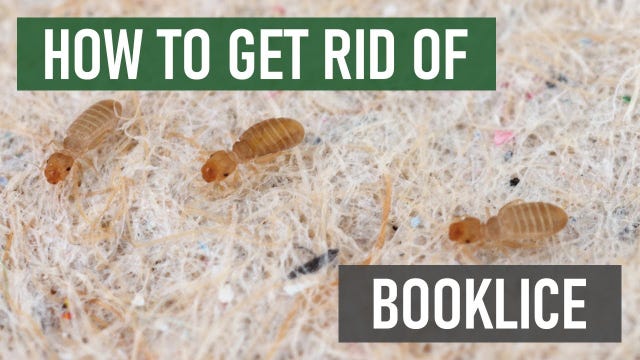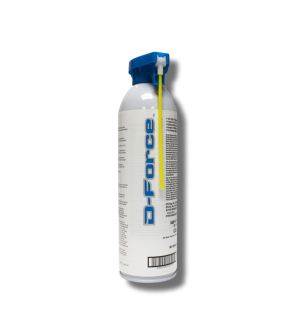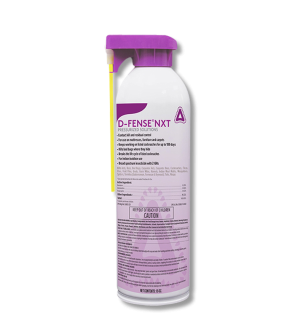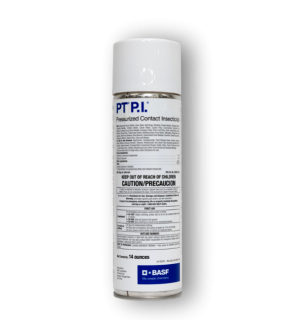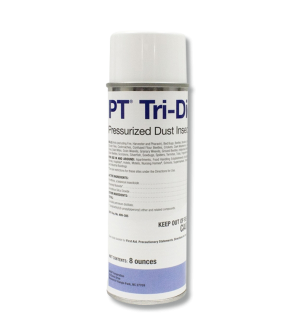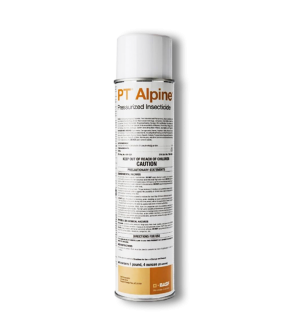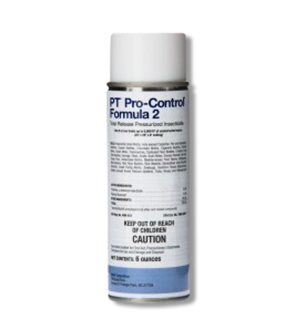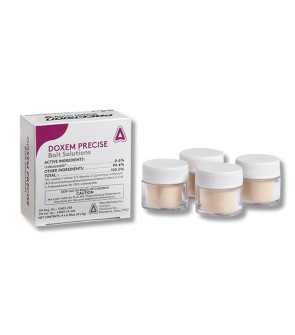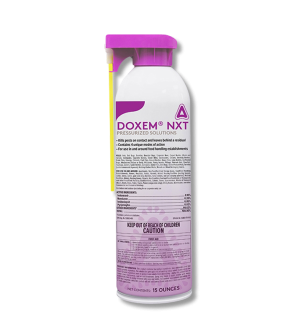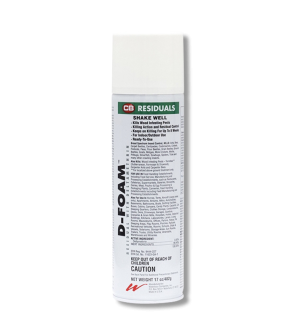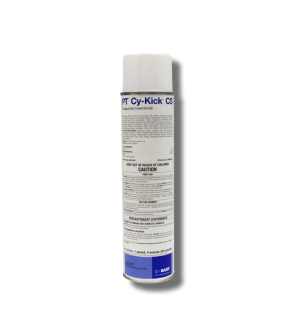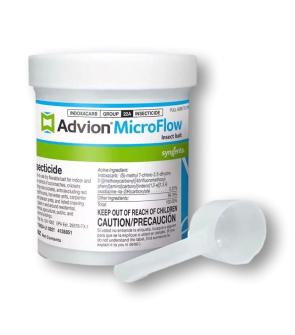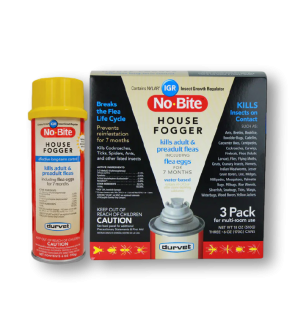Gain access to personalized product screening, the best pricing, rewards, and more!
Most Effective Products
Booklice Control: How To Get Rid of Booklice
This page is a general booklice control guide. Using the products and methods suggested, you will get control of booklice. Follow this guide and use the recommended products, and we guarantee 100% control over booklice.
Booklice may not be real lice in that they aren’t a parasite that sucks the blood of humans, but they can still be very annoying when encountered in large numbers. As their name suggests, Booklice likes to gather wherever there is paper, books, bookcases, newspaper, wallpaper, and wherever mold grows.
Large infestations of booklice can become a nuisance and even contribute to allergies. If you want to sit down to a good book again without worrying about these bugs keeping you company, you must take action to eliminate the booklice invasion.
This DIY guide provides the expert advice and fantastic products you need to successfully get rid of booklice. Read below to learn more about booklice and how to treat these invaders.
Identification

Identification is essential for control. Before applying the treatment, you need to identify the pest you are encountering as booklice, not some other pest. Booklices may be hard to detect because they are often too small to be seen by the naked eye. Here are some traits we have outlined to help you with booklice identification.
- Booklice are flatly shaped and vary in color from pale white to grey or brown, depending on the species. They range in length from 1/32 to 1/8 of an inch.
- They are wingless and have six legs and antennae, but their most distinguishing body part is their strong mouthparts, which they use to chew mold.
- As the name suggests, booklice are commonly found in the bindings of old books, where they eat the starch present in the binding and the edges of pages.
Use the image and description above to help you properly identify the booklice. If you are still having trouble, contact us, and we can help you identify your pest issue properly.
Inspection

Once the booklice has been properly identified, you need to know the items and areas where the booklice is harboring. During the inspection, you will focus your search on finding these areas where their appearance is more likely.
Where To Inspect
Most infestations occur indoors, so search inside your structure. Look in library areas, basements, pantries, attics, bookshelves, garages, wallpaper, and where books or food goods are stored.
What To Look For
You’re looking for mold and live active booklice. If you have many old and vintage books, search inside the pages and the bookbinding of these books. In pantries and kitchens, search inside cereals and stored food goods where mold might grow. If you find mold on books and food goods, throw them out before continuing with treatment. If you find Booklice and mold in these areas, this is where you focus your treatment application.
Treatment
Once you have confirmed booklice activity, you can proceed with treatment. Remember to read all product labels, follow the application instructions on them, and wear personal protective equipment to stay safe.
Booklice control begins with a thorough cleanup of infested items. Discard any belongings that have Booklice or mold. Once that is complete, we recommend Pyrid Aerosol. Pyrid is labeled to kill booklice and can be used as a space spray and applied lightly over books that were not affected or that you want to protect. You can also use Pyrid to apply directly to the cracks and crevices of bookshelves and pantries where you found Booklice.
Step 1: Preliminary Cleanup

In this step, you will eliminate any infested item you no longer need where you found Booklice. Begin by going through your bookshelves, boxes, and wherever you store your books. Also, go through your pantry and throw away cereals, food grains, and flour that might have grown humid with time.
Old shoes, newspapers, and paper stored in attics and basements, if infected, need to be thrown away. If possible, it is best to throw away any infested item you’re able to find. If you have rare and vintage books that you do not want to dispose of, you can seal them in a plastic bag and store them in the freezer for three days. Afterward, you can vacuum them to get rid of dead booklice and their eggs.
Step 2: Apply Pyrid Aerosol

Pyrid is a synthetic pyrethroid aerosol that can quickly knock down booklice. With the help of an application tip, it can even be applied to cracks and crevices where booklice is hiding.
Shake the can well, and then while holding the can 18 to 24 inches away from the target surface, apply it directly to bookshelves and pantries by spraying for 1 to 2 seconds per 1 to 2 feet. Also, spray lightly over books and where you have noticed booklice activity.
For crack and crevice treatment, you will move the injector tip along cracks and crevices at a rate of 3 ft. per sec for light infestations and 1 foot per second for heavy infestations. Do not let people or pets enter areas treated until 2 to 4 hours have passed.
Prevention
Once you have eliminated Booklice, you will need to ensure they do not return. Following the listed preventative methods is the best way to stop booklice activity.
- Start by fixing moisture issues around the home to reduce the likelihood of mold development. Books and storage boxes in basements and attics will quickly accelerate an infestation if leaks in walls and roofs go unrepaired or there is improper ventilation.
- Lowering the relative humidity in the home using your A/C unit or dehumidifier to 50% can hinder their development. An air space under potted plants on windowsills will help keep the humidity down and reduce mold growth.
- Throw away any infested food material and keep other foods dry. Booklice are wherever there is mold. If they are in your food, it should indicate that you have moldy food that needs to be thrown out.
- Store food goods and books in plastic containers instead of cardboard boxes to protect them from the elements and stop their natural decay.
Key Takeaways
What is Booklice?
- Booklice are small, soft-bodies pests known to infest paper materials and other items that harbor mold.
- Booklice resemble head lice in shape. However, they are a much lighter shade of gray. They have wings on their bodies, but these wings are too small to let them fly.
- Booklice are drawn in by humid conditions where the environment is moist and closed. Most of the time, you can find these insects in new homes.
How To Get Rid of Booklice in Your Home
- Get rid of all those items that you know are infested by booklice because even if you dust the lice away, their eggs might still be attached, and that will not solve the problem.
- We recommend applying Pyrid Aerosol to treat booklice infestations where they are found. Spray cracks, crevices, and any surfaces where you have seen them active.
Preventing Booklice Reinfestation
- To prevent booklice infestations, address moisture issues around the home and ensure the rooms where books are stored get proper ventilation. If necessary use a dehumidifier in attics and basements.






